
11 Proven Remedies for Melasma Treatments at Home
Discover 11 effective home remedies for melasma to naturally lighten dark patches and improve skin tone. Learn what causes melasma, how to prevent it, and the best DIY treatments like aloe vera, turmeric, vitamin C, and more. Protect your skin with sunscreen and explore dermatologist-approved tips for long-lasting results.
Melasma is a common skin condition, mostly affecting women with darker skin tones. About 80–85% of cases are in women. Although harmless, its visible patches can cause emotional distress and lower confidence, affecting a person’s overall quality of life.
In this blog, we will discuss effective melasma treatments that you can try at home.
You may also like: "10 Best Home Remedies for Itching (Kharish Ka Ilaj)"
What is Melasma?
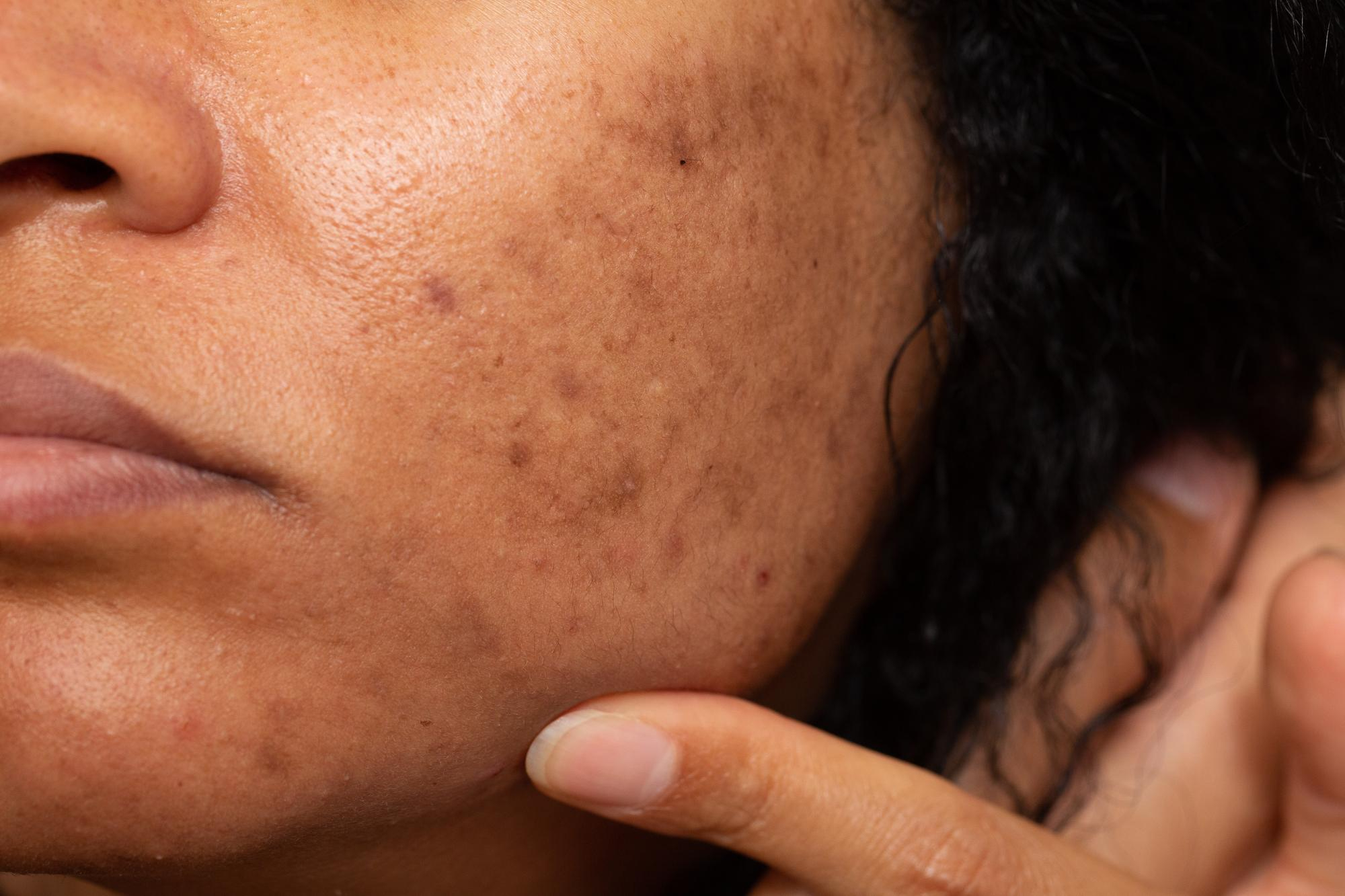
Melasma causes brown or gray-brown patches on the face due to excess melanin production. Overactive melanocytes produce more melanin, which accumulates in the skin’s upper layers, especially on the cheeks, forehead, nose, and upper lip. Hormonal changes, sun exposure, or genetic factors often trigger it.
What are the Causes of Melasma?
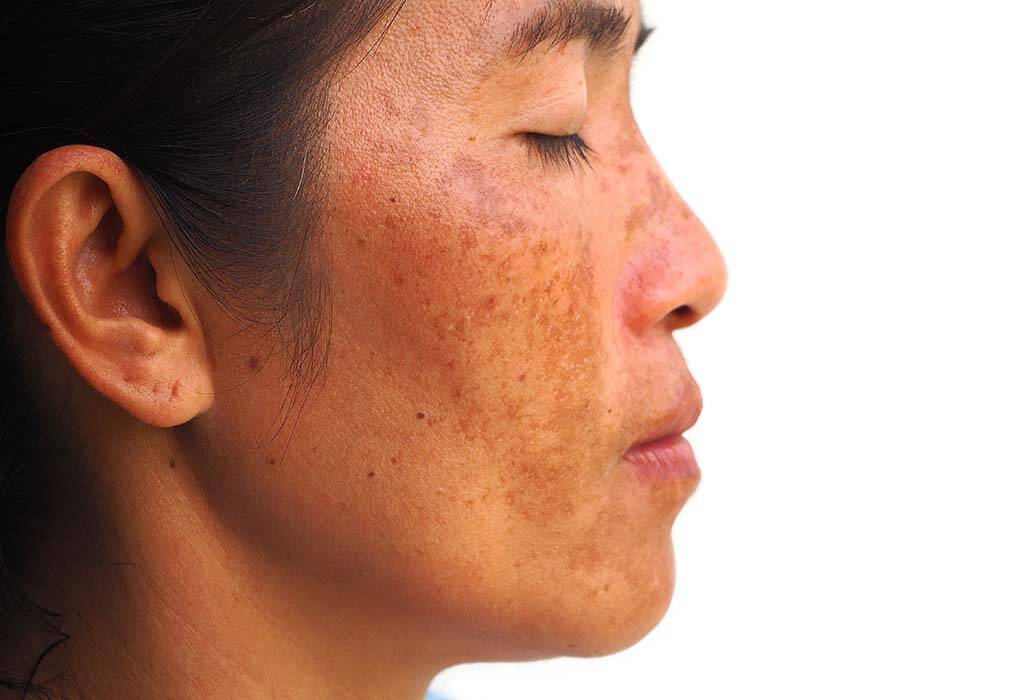
|
Factor |
How It Contributes |
|
Sunlight (UV/HEV) |
It stimulates melanocytes to produce more melanin. |
|
Pregnancy |
Hormonal surge ("mask of pregnancy”) (due to increased estrogen and progesterone levels) |
|
Oral contraceptives |
Estrogen and progesterone increase melanin |
|
Family history |
Genetic predisposition |
|
Skin type |
More common in Fitzpatrick III–V (medium to dark skin tones) |
Also Read: "How to Remove Dark Circles Permanently: Best Home Remedies and Treatments"
11 Proven Remedies for Melasma Treatments at Home
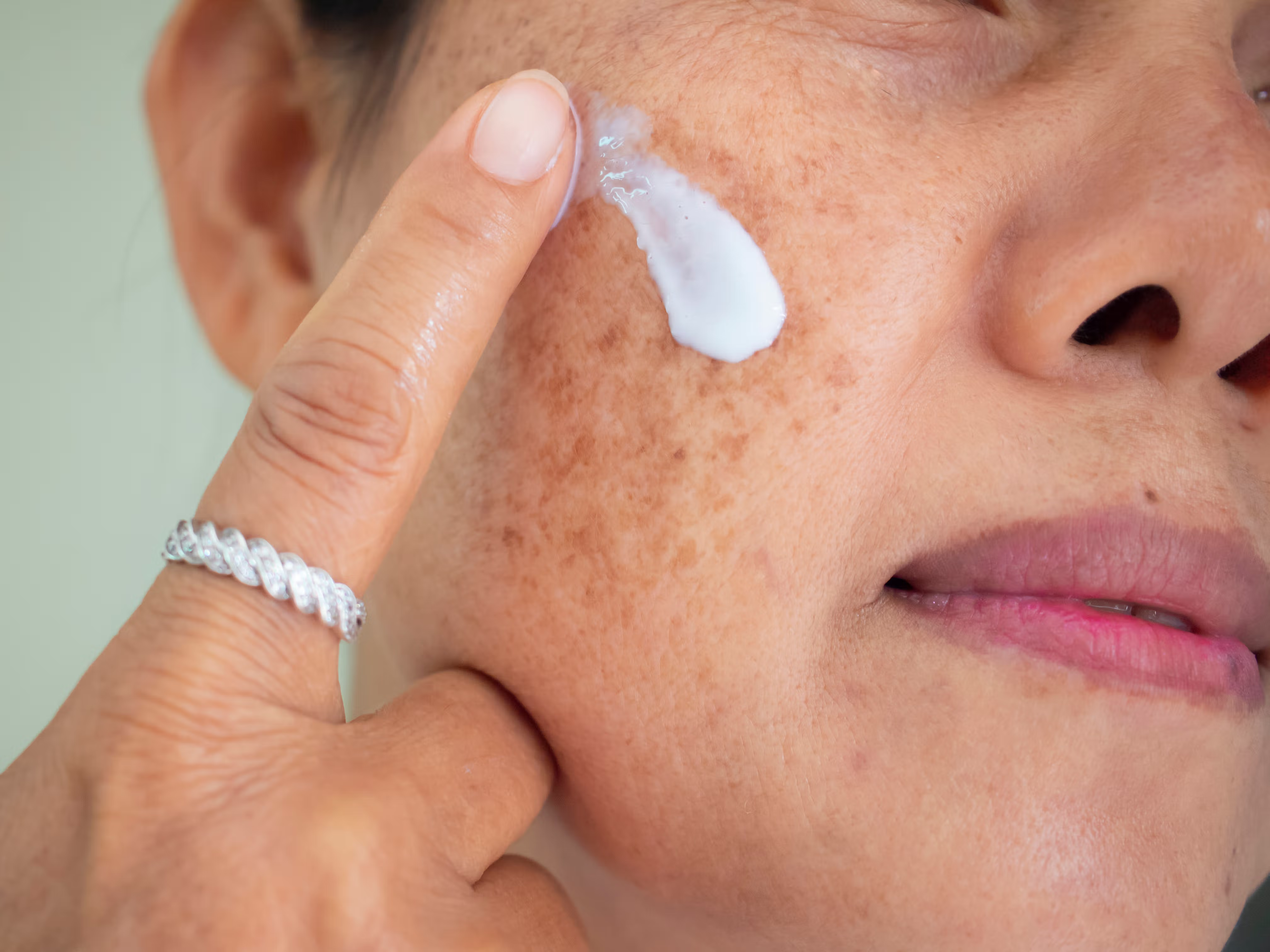
Using these home remedies can help reduce the appearance of melasma.
1. Aloe Vera Gel
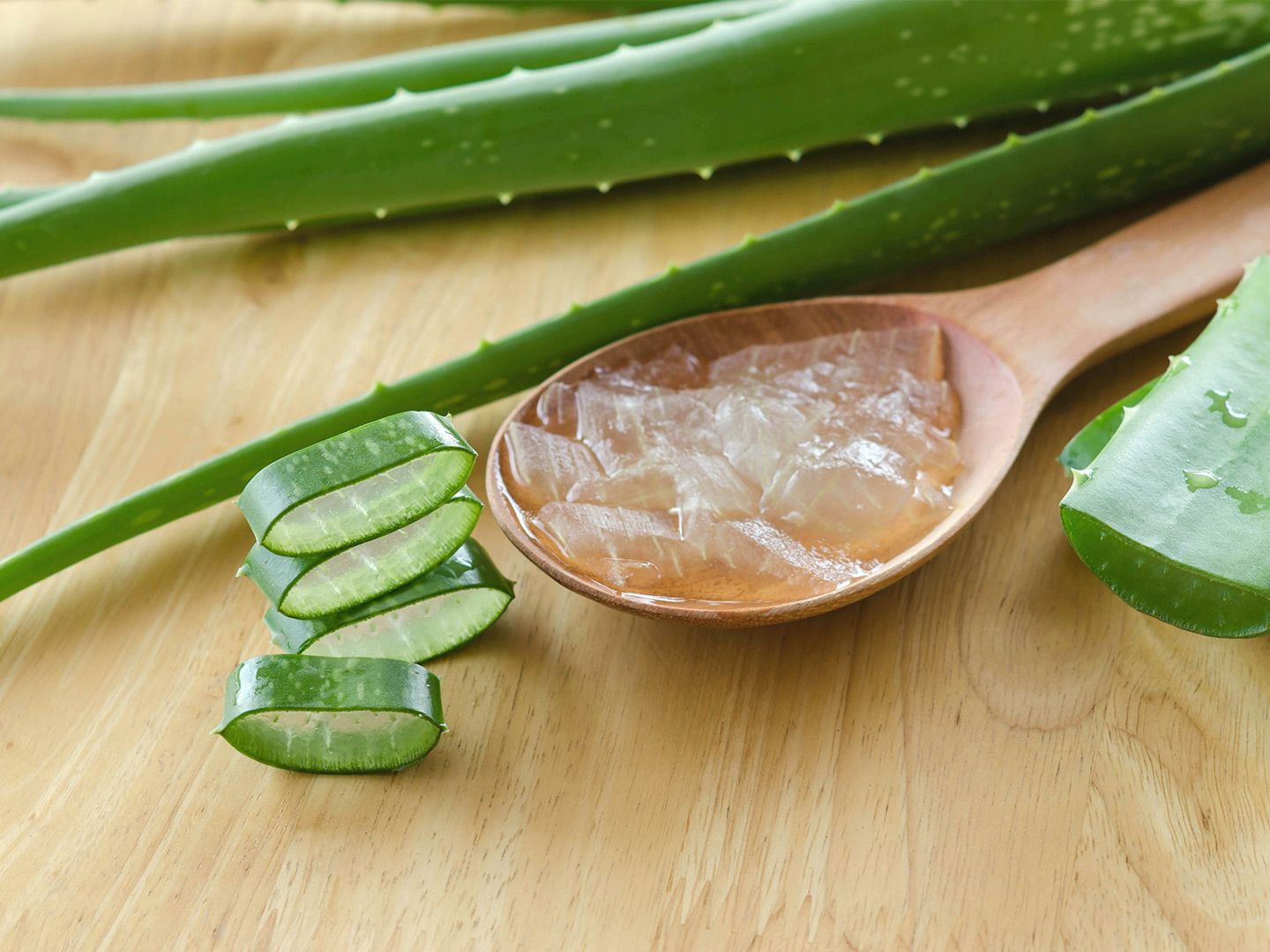
-
How it works: Aloe vera gel treats melasma by inhibiting melanin production through its active compound, aloin, which has natural depigmenting properties. It also soothes and hydrates the skin, promoting healing and a more even complexion over time.
-
How to use it: To treat melasma, apply fresh aloe vera gel directly to the affected areas before bedtime. Leave it on overnight to allow the active compounds to work effectively. Rinse your face with lukewarm water in the morning and repeat daily for best results.
2. Turmeric Mask
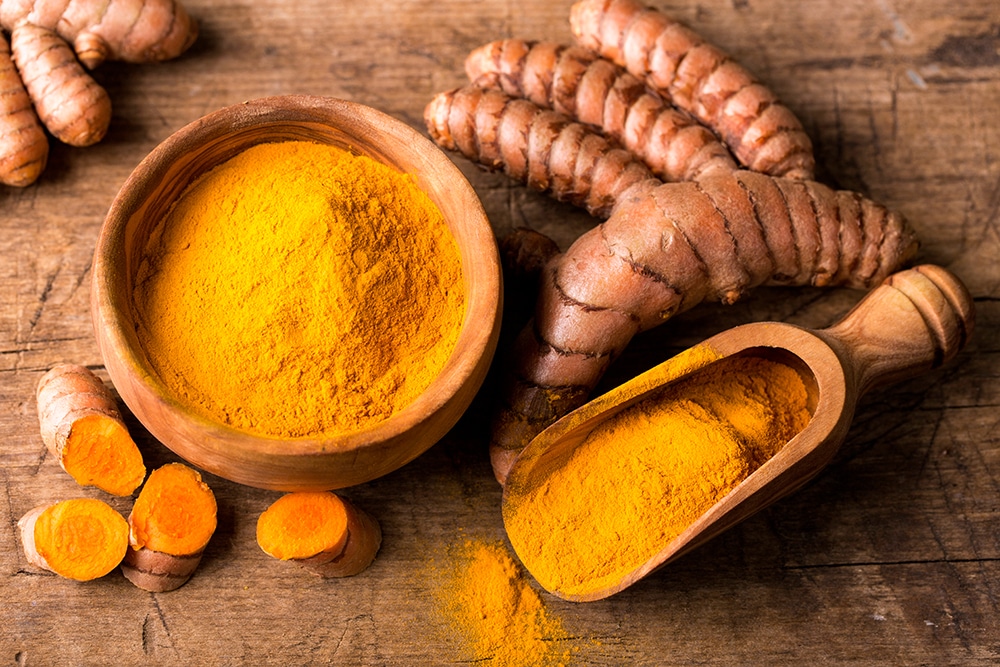
-
How it works: Turmeric has an active compound, curcumin, that inhibits melanin production. Its antioxidant and anti-inflammatory properties also help lighten dark patches and improve skin tone.
-
How to use it: Mix aloe vera gel with turmeric powder to form a smooth paste. Apply it to the affected areas for 15-20 minutes, then rinse with lukewarm water.
3. Green Tea Extract
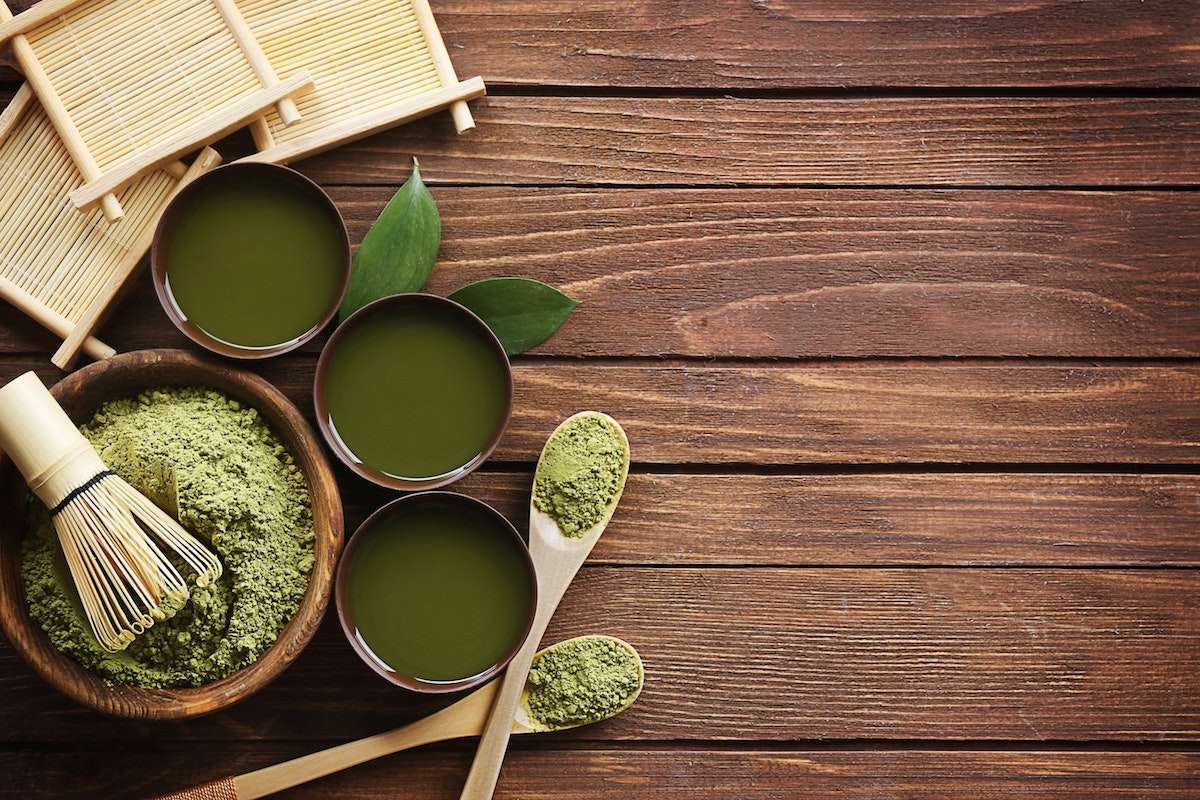
-
How it works: Green tea treats melasma through its antioxidant epigallocatechin gallate EGCG, which inhibits melanin production in the skin. Applying green tea extract can help lighten dark patches and reduce pigmentation.
-
How to use it: Apply cooled green tea bags directly to the affected areas for a few minutes.
Alternatively, use serums or creams that contain green tea extract daily.
4. Apple Cider Vinegar

-
How it works: Apple cider vinegar works by lightening pigmentation through its acetic acid content. It helps exfoliate the skin and reduces the appearance of dark patches like melasma.
-
How to use it: Mix equal parts of apple cider vinegar and water. Apply it to the affected areas for a few minutes, then rinse off.
5. Sandalwood
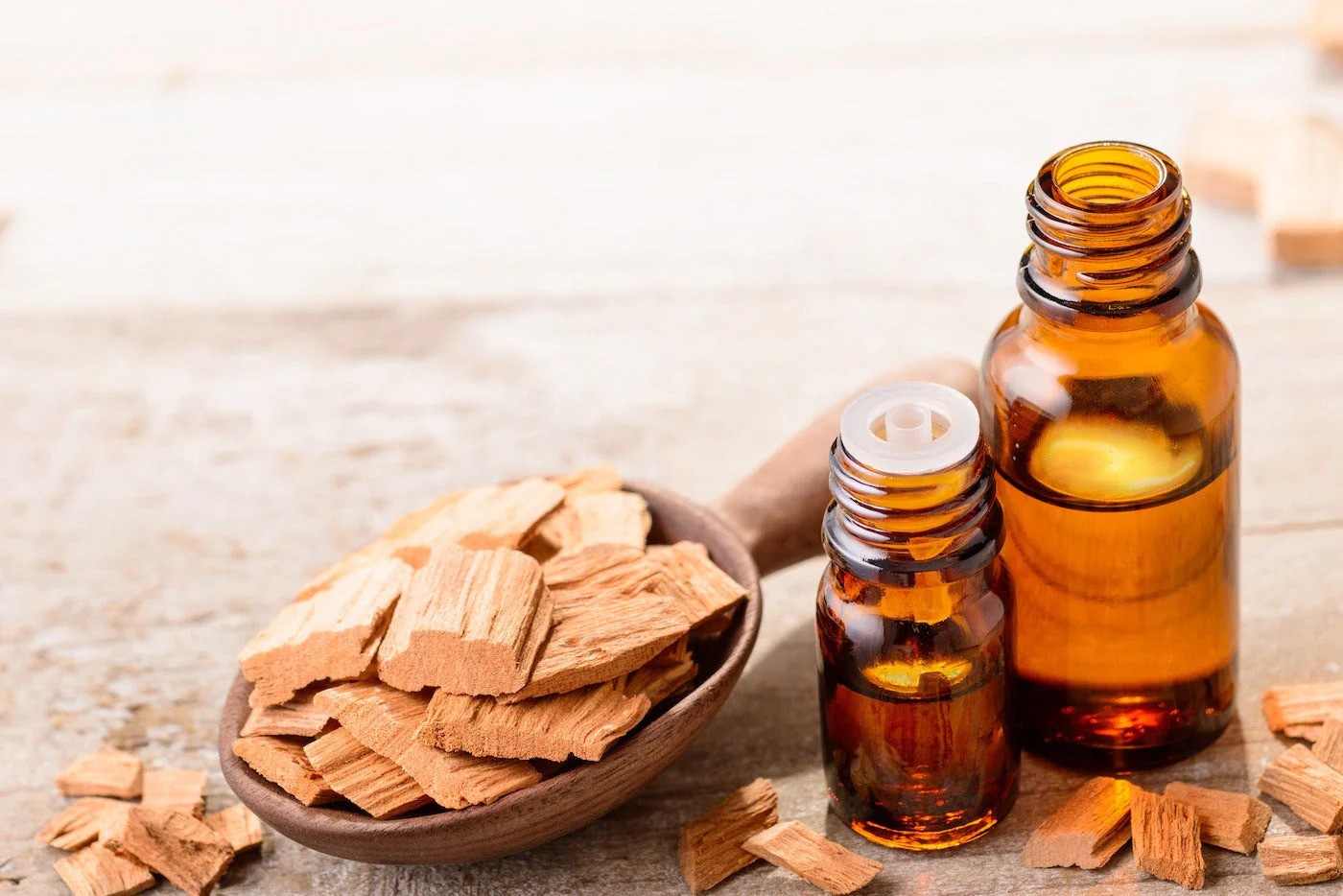
-
How it works: Sandalwood contains santalol, a compound with skin-lightening and anti-inflammatory properties that help treat melasma. Promotes an even skin tone by gently lightening dark patches over time.
-
How to use it: Mix sandalwood powder with rose water to make a paste. Apply it to the affected areas, leave for 15-20 minutes, then rinse off with lukewarm water.
6. Vitamin C Serum

-
How it works: Vitamin C serum treats melasma by inhibiting tyrosinase, the enzyme needed for melanin production. Its antioxidant properties also help lighten dark patches and improve overall skin tone.
-
How to make vitamin C serum at home: Dissolve 1 teaspoon of L-ascorbic acid powder in 1 tablespoon of distilled water. Add 1 tablespoon of glycerin or aloe vera gel, mix well, and store in a dark glass bottle.
-
How to use market vitamin C serum: Apply a few drops of Vitamin C serum to clean, dry skin. Gently massage it in and follow up with moisturizer and sunscreen during the day.
7. Papaya Mask
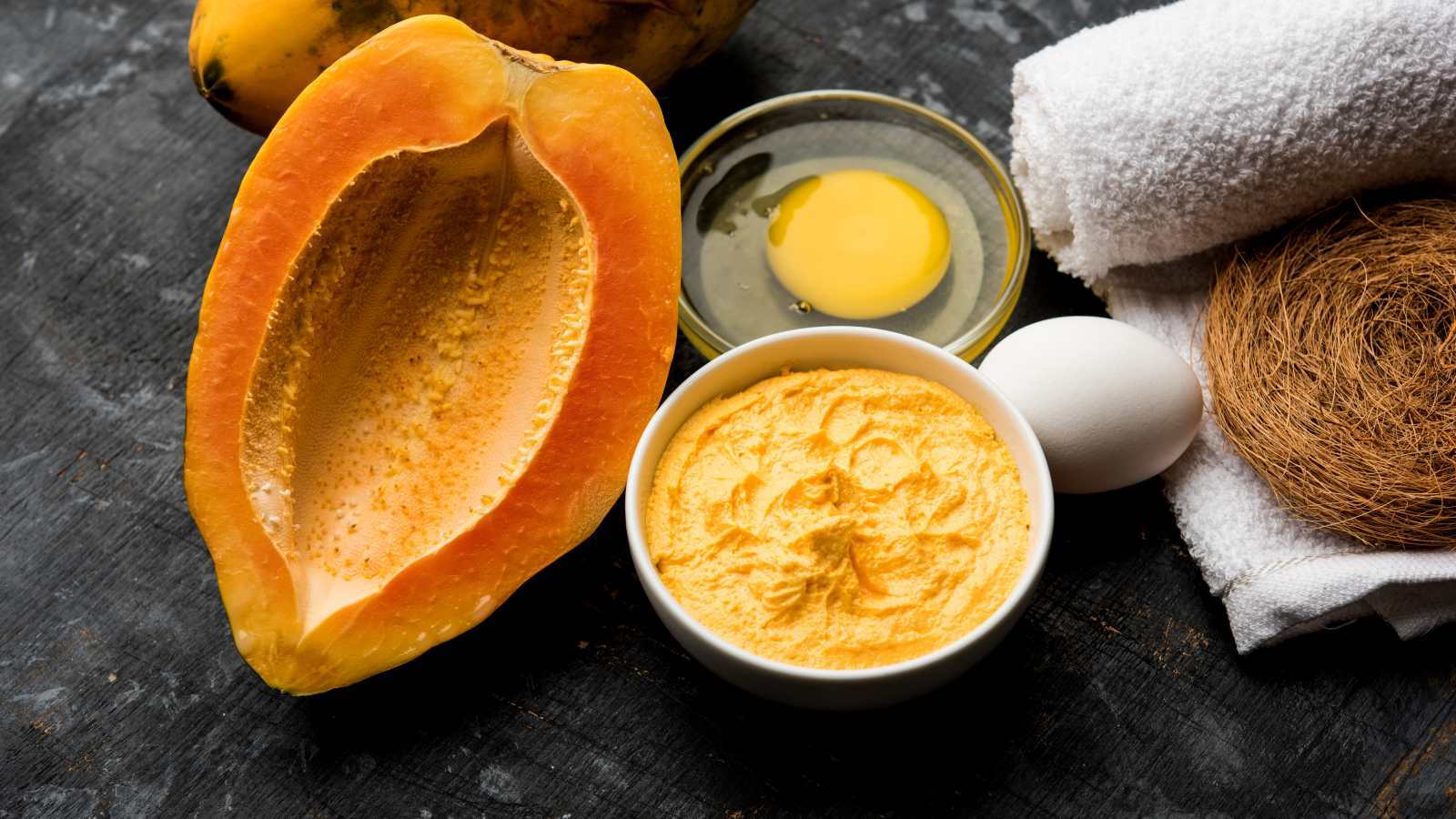
-
How it works: Papaya treats melasma through its enzyme papain, which gently exfoliates dead skin cells and promotes cell renewal.
-
How to use it: Mash ripe papaya into a smooth paste. Apply it to the affected areas for 15-20 minutes, then rinse off with lukewarm water.
8. Potato Slices
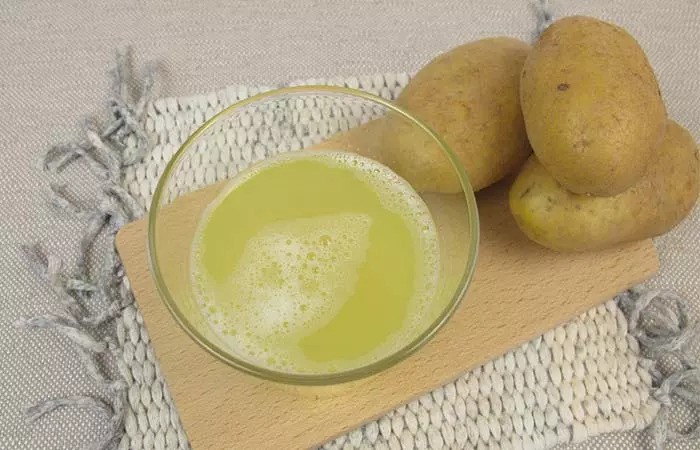
-
How it works: Potato treats melasma with its natural enzyme catecholates, which have mild bleaching properties. It gradually fades dark spots and evens out skin tone.
-
How to use it: Cut a potato into thin slices and rub them gently on the affected areas for a few minutes. Leave the juice on for 15-20 minutes before rinsing it off with lukewarm water.
9. Oatmeal Exfoliation
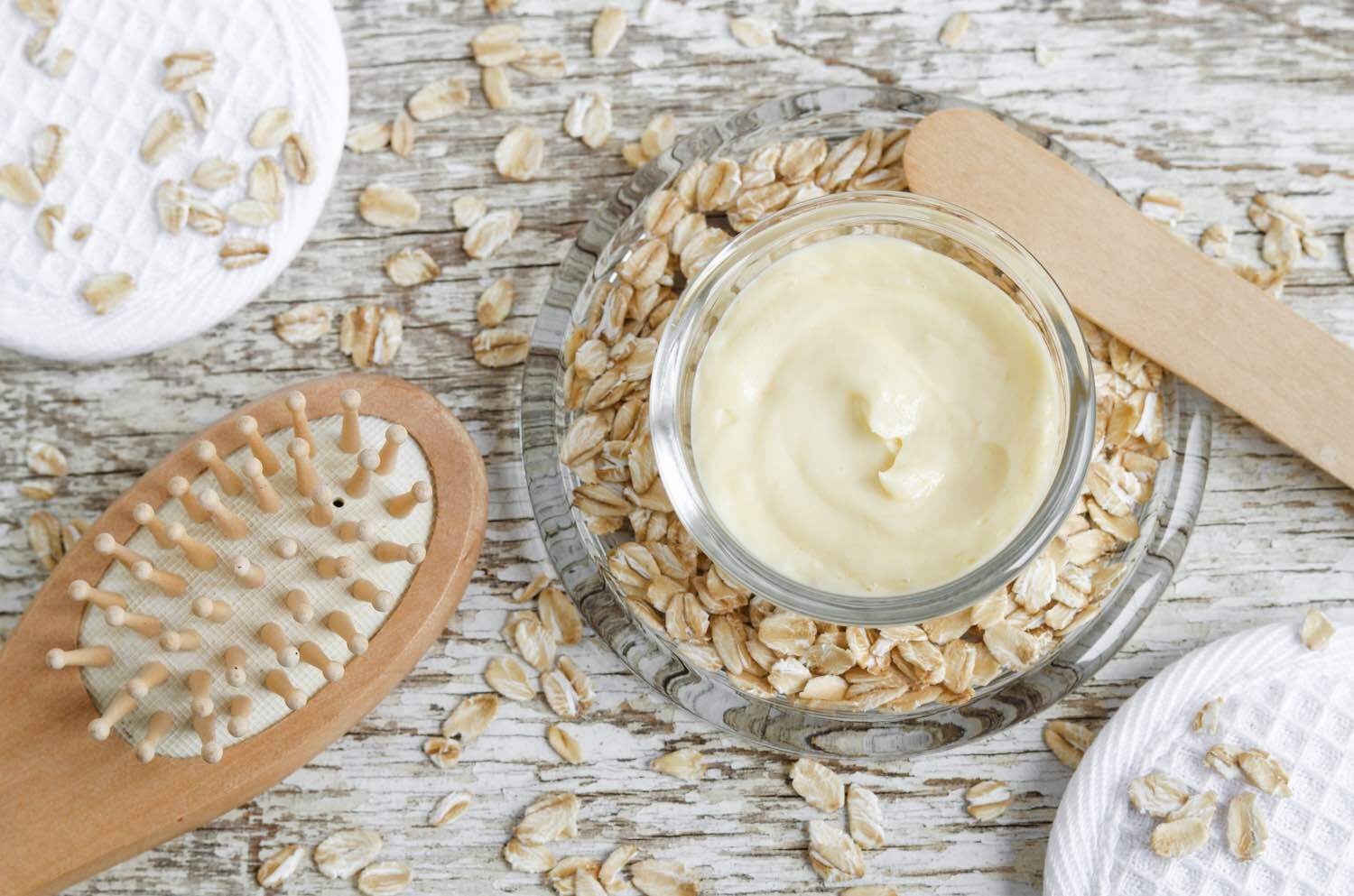
-
How it works: Oatmeal exfoliates the skin by removing dead cells, promoting new cell growth, and brightening dark patches. Its anti-inflammatory properties also soothe the skin and help reduce melasma-related pigmentation.
-
How to use it: Mix ground oatmeal with milk or honey to form a paste.
Gently massage it onto the affected areas for a few minutes, then rinse off with lukewarm water.
10. Cucumber Extract
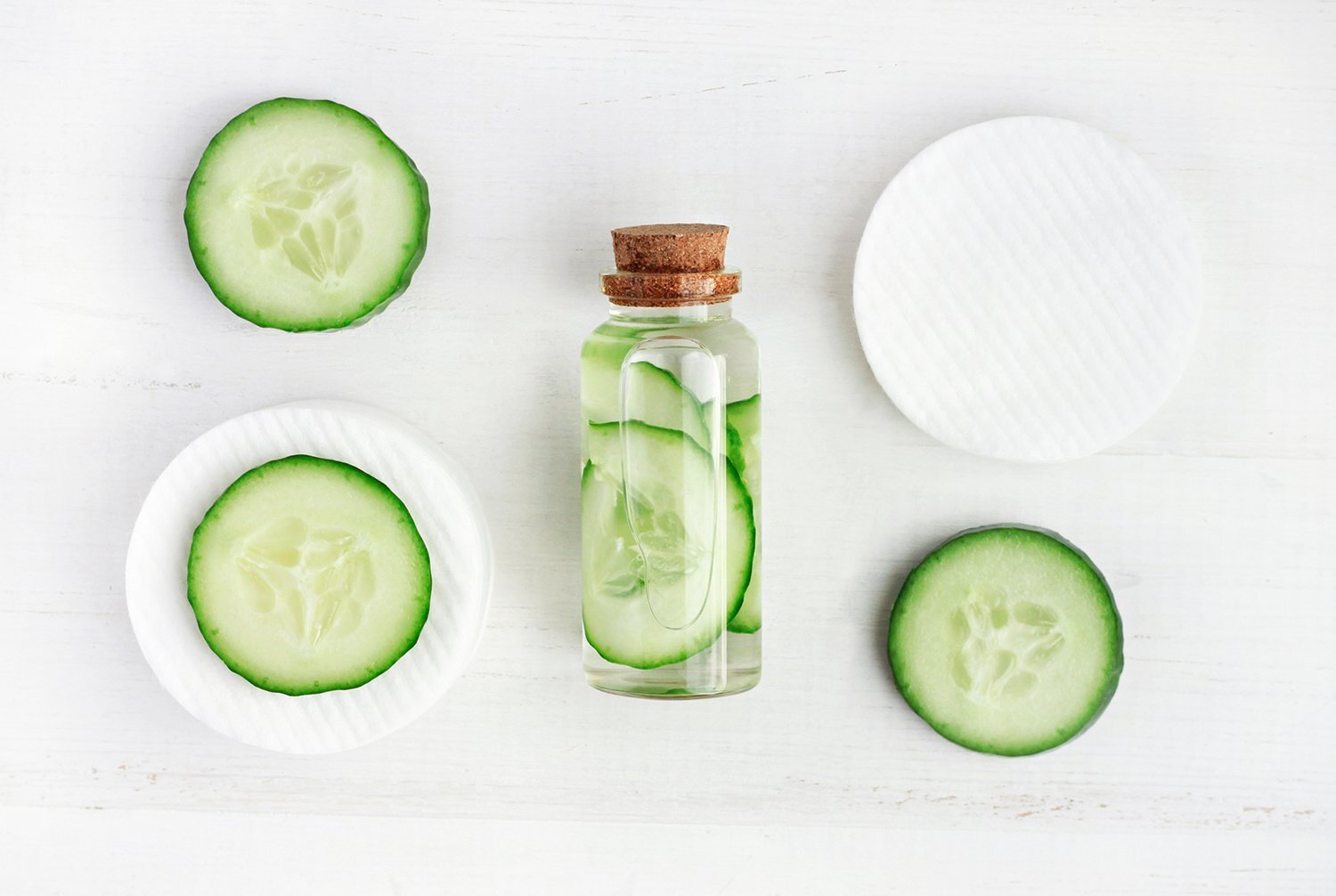
-
How it works: Cucumber contains vitamin C and caffeic acid, so it has cooling and skin-lightening properties that soothe irritated skin and reduce pigmentation.
-
How to use it: Apply fresh cucumber juice directly to the affected areas for a cooling effect.
Alternatively, mix it with a few drops of lemon juice.
11. Licorice Extract
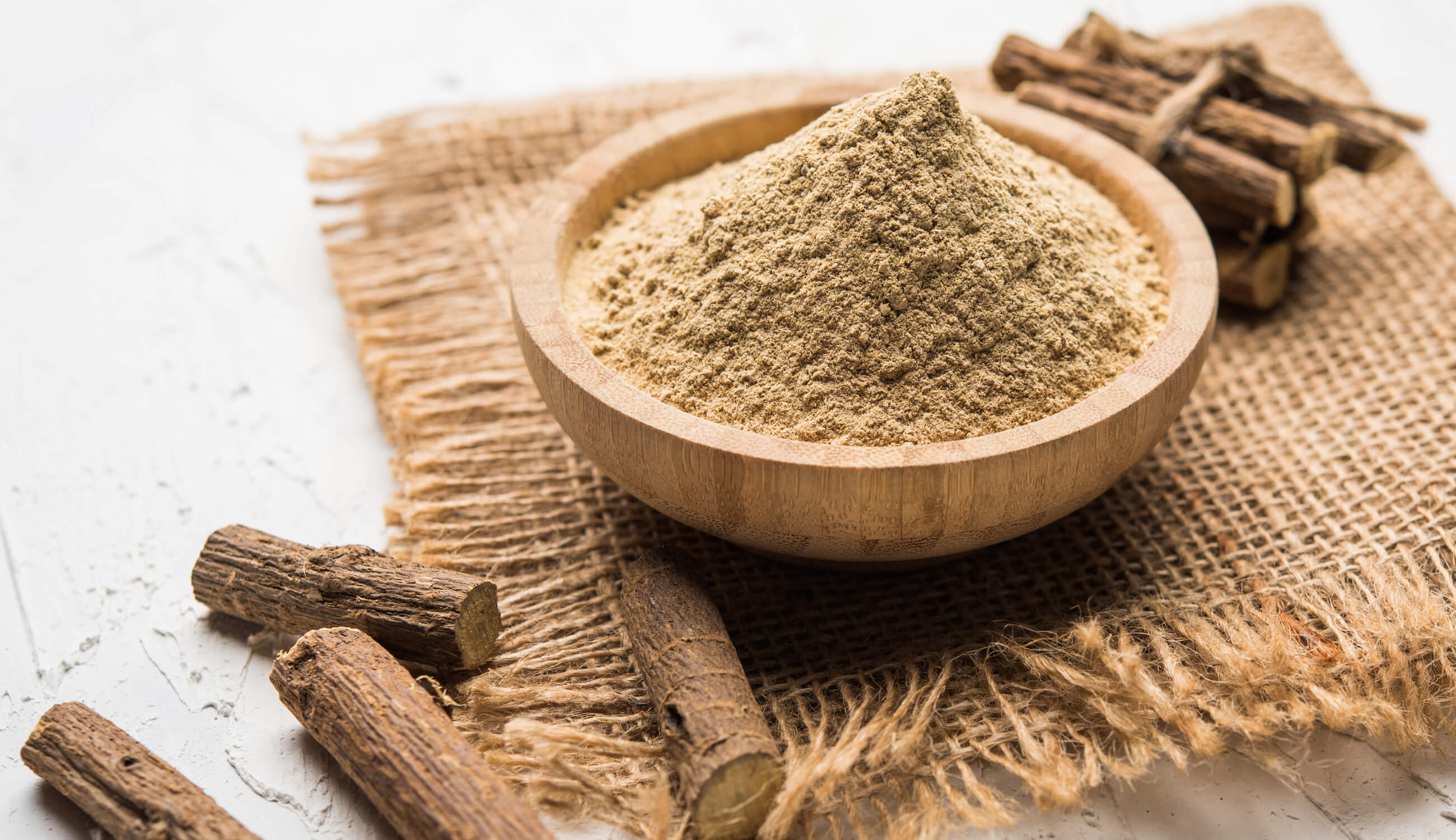
-
How it works: Licorice extract treats melasma by inhibiting tyrosinase, the enzyme responsible for melanin production. Its active compound, glabridin, helps lighten dark patches and reduce pigmentation effectively.
-
How to use it: Apply creams or serums containing licorice extract to the affected areas daily.
Massage gently until fully absorbed. -
How to make licorice extract serum: Mix licorice root powder with aloe vera gel or glycerin to create a serum.
Also read: "5 Best Sunscreens for Oily Skin This Summer: Dermatologist Approved"
In the End
Without daily sun protection, other remedies are ineffective, as UV rays worsen melasma. Use broad-spectrum SPF 50 sunscreen, reapplying every 2-3 hours. 11 proven home remedies for melasma treatments may help lighten pigmentation, consistent sun protection, and dermatologist guided treatments remain key. As Dr. Sejal Shah emphasizes:
“Melasma treatment requires patience, protection, and proper care.”
If you want medical procedures or consultation for melasma, you can consult Pakistan’s best dermatologists near you by visiting the website www.apkamuaalij.com. For quick consultation, dial 042 3238 0001, and book your doctor's appointment through Apka Muaalij, the best telehealth platform in Pakistan.
FAQs (Frequently Asked Questions)
Can melasma go away permanently?
It may fade with treatment, but recurrence is common without sun protection.
Does melasma worsen with age?
It may persist or worsen if not treated and protected from sun exposure.
How long does it take for home remedies to show results?
Generally, 4-8 weeks with consistent use.
Does stress affect melasma?
Indirectly, stress influences hormones that may trigger melasma.
Should I consult a dermatologist for melasma?
Yes, especially if home remedies are not effective.
